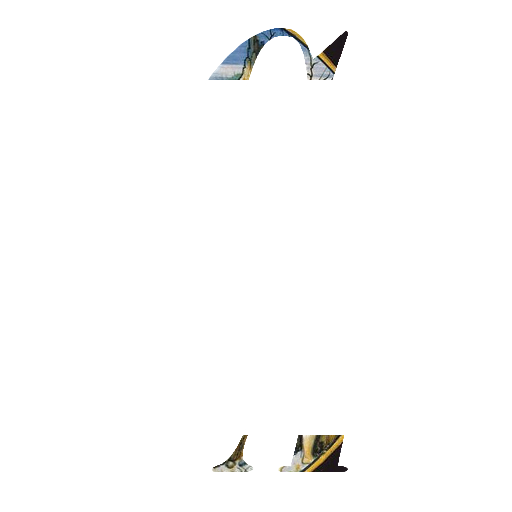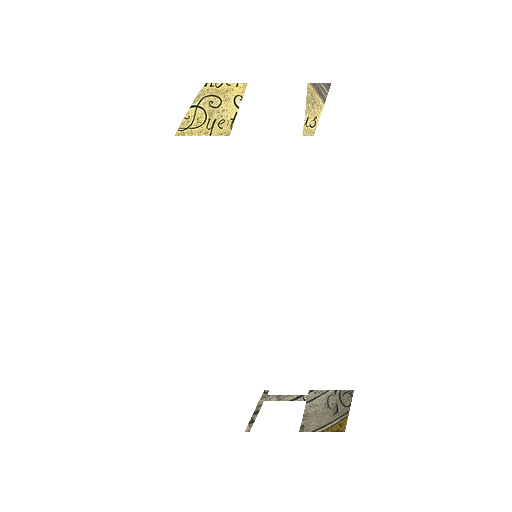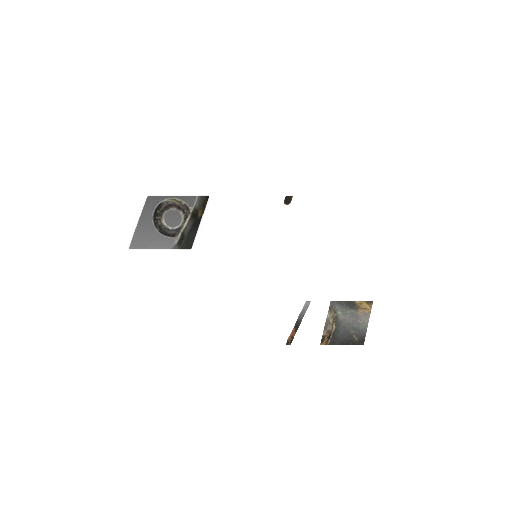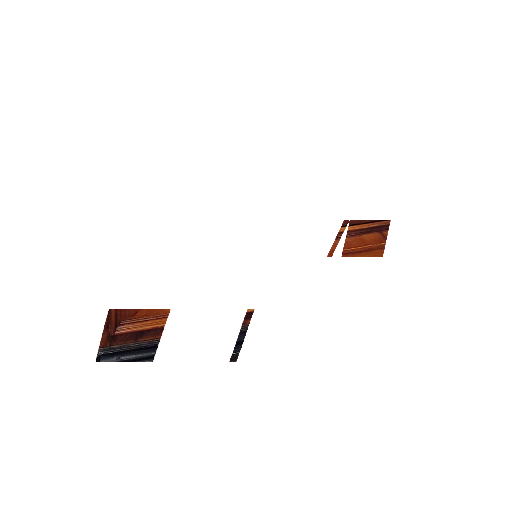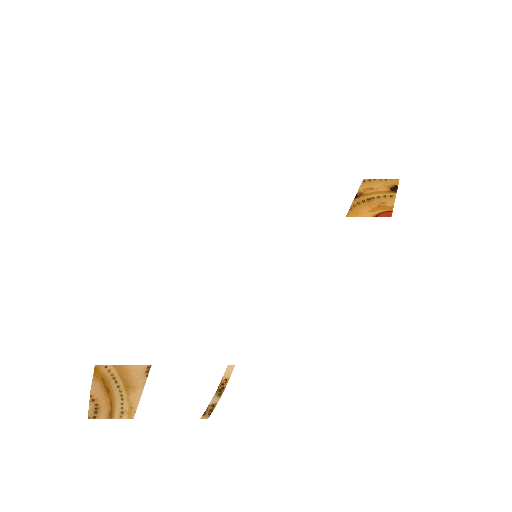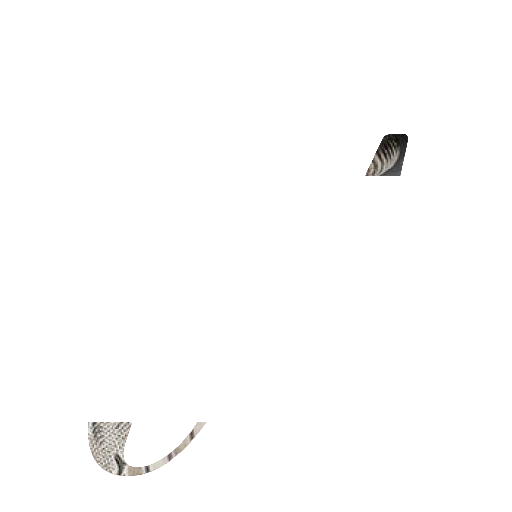The history of glassmaking can be traced back to 3500 BC in Mesopotamia. Archaeological evidence suggests that the first true glass was made in coastal north Syria, Mesopotamia or Ancient Egypt. The earliest known glass objects, of the mid second millennium BC, were beads, perhaps initially created as accidental by-products of metal-working (slags) or during the production of faience, a pre-glass vitreous material made by a process similar to glazing. Glass remained a luxury material, and the disasters that overtook Late Bronze Age civilizations seem to have brought glass-making to a halt.
Indigenous development of glass technology in South Asia may have begun in 1730 BC. In ancient China, though, glass-making seems to have a late start, compared to ceramics and metal work. In the Roman Empire, glass objects have been recovered across the Roman empire in domestic, industrial and funerary contexts. Anglo-Saxon glass has been found across England during archaeological excavations of both settlement and cemetery sites. Glass in the Anglo-Saxon period was used in the manufacture of a range of objects including vessels, beads, windows and was even used in jewelry.
Glass objects from the 7ᵗʰ and 8ᵗʰ centuries have been found on the island of Torcello near Venice. These form an important link between Roman times and the later importance of that city in the production of the material. Around 1000 AD, an important technical breakthrough was made in Northern Europe when soda glass, produced from white pebbles and burnt vegetation was replaced by glass made from a much more readily available material: potash obtained from wood ashes. From this point on, northern glass differed significantly from that made in the Mediterranean area, where soda remained in common use.
Until the 12ᵗʰ century, stained glass – glass to which metallic or other impurities had been added for coloring – was not widely used, but it rapidly became an important medium for Romanesque art and especially Gothic art. Almost all survivals are in church buildings, but it was also used in grand secular buildings. The 11ᵗʰ century saw the emergence in Germany of new ways of making sheet glass by blowing spheres. The spheres were swung out to form cylinders and then cut while still hot, after which the sheets were flattened. This technique was perfected in 13ᵗʰ century Venice. The Crown glass process was used up to the mid-19ᵗʰ century. In this process, the glassblower would spin approximately 9 pounds (4 kg) of molten glass at the end of a rod until it flattened into a disk approximately 5 feet (1.5 m) in diameter. The disk would then be cut into panes. Domestic glass vessels in late medieval Northern Europe are known as Forest glass.
Important glass manufacturers in Europe still in operation are;
Venetian Glass or Murano Glass in Venice, Italy, established in the 14ᵗʰ century
Bohemian Glass in the town of Bohemia, Czech Republic, established in the 13ᵗʰ century
Baccarat Glass in the town of Baccarat, France, established in the mid 18ᵗʰ century
Lalique Glass in the town of Paris, France, established in the 1887
Daum Glass in the town of Nancy, France, established in 1878
La Granja Glass in the town of San Ildefonso, Spain, established in the early 18ᵗʰ century
All the above mentioned manufacturers are all well known to the local market especially the Venetian and Bohemian glass which show considerable amount of interest, thus, fetch good prices.
Such glass articles are often present in Fine Furnishings and Decorated Arts auctions at Centurion Auctioneers, which are held regularly.
Click on the images for more information.
Should you have any questions in regards to Glass articles that you might wish to evaluate or to list in future auctions, please visit the CONTACT page , the VALUATIONS page or the REQUEST INFORMATION page or send an email to Centurion Auctioneers - info@centurion-auctions.com
Indigenous development of glass technology in South Asia may have begun in 1730 BC. In ancient China, though, glass-making seems to have a late start, compared to ceramics and metal work. In the Roman Empire, glass objects have been recovered across the Roman empire in domestic, industrial and funerary contexts. Anglo-Saxon glass has been found across England during archaeological excavations of both settlement and cemetery sites. Glass in the Anglo-Saxon period was used in the manufacture of a range of objects including vessels, beads, windows and was even used in jewelry.
Glass objects from the 7ᵗʰ and 8ᵗʰ centuries have been found on the island of Torcello near Venice. These form an important link between Roman times and the later importance of that city in the production of the material. Around 1000 AD, an important technical breakthrough was made in Northern Europe when soda glass, produced from white pebbles and burnt vegetation was replaced by glass made from a much more readily available material: potash obtained from wood ashes. From this point on, northern glass differed significantly from that made in the Mediterranean area, where soda remained in common use.
Until the 12ᵗʰ century, stained glass – glass to which metallic or other impurities had been added for coloring – was not widely used, but it rapidly became an important medium for Romanesque art and especially Gothic art. Almost all survivals are in church buildings, but it was also used in grand secular buildings. The 11ᵗʰ century saw the emergence in Germany of new ways of making sheet glass by blowing spheres. The spheres were swung out to form cylinders and then cut while still hot, after which the sheets were flattened. This technique was perfected in 13ᵗʰ century Venice. The Crown glass process was used up to the mid-19ᵗʰ century. In this process, the glassblower would spin approximately 9 pounds (4 kg) of molten glass at the end of a rod until it flattened into a disk approximately 5 feet (1.5 m) in diameter. The disk would then be cut into panes. Domestic glass vessels in late medieval Northern Europe are known as Forest glass.
Important glass manufacturers in Europe still in operation are;
Venetian Glass or Murano Glass in Venice, Italy, established in the 14ᵗʰ century
Bohemian Glass in the town of Bohemia, Czech Republic, established in the 13ᵗʰ century
Baccarat Glass in the town of Baccarat, France, established in the mid 18ᵗʰ century
Lalique Glass in the town of Paris, France, established in the 1887
Daum Glass in the town of Nancy, France, established in 1878
La Granja Glass in the town of San Ildefonso, Spain, established in the early 18ᵗʰ century
All the above mentioned manufacturers are all well known to the local market especially the Venetian and Bohemian glass which show considerable amount of interest, thus, fetch good prices.
Such glass articles are often present in Fine Furnishings and Decorated Arts auctions at Centurion Auctioneers, which are held regularly.
Click on the images for more information.
Should you have any questions in regards to Glass articles that you might wish to evaluate or to list in future auctions, please visit the CONTACT page , the VALUATIONS page or the REQUEST INFORMATION page or send an email to Centurion Auctioneers - info@centurion-auctions.com


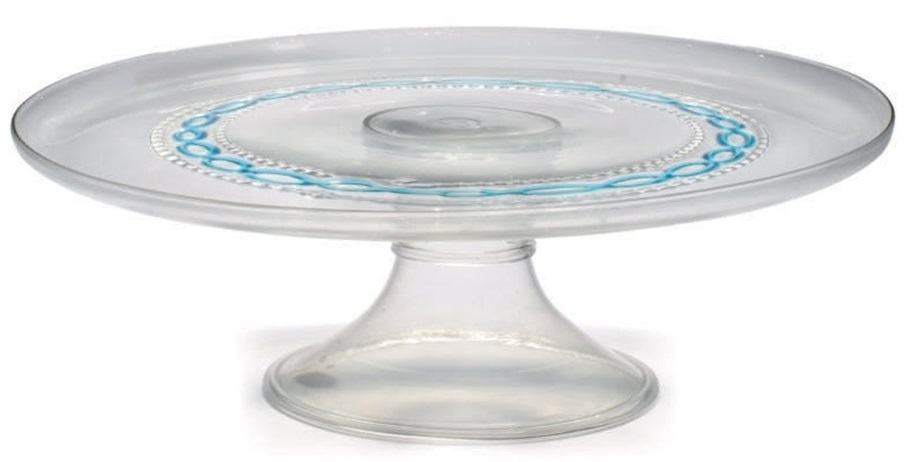
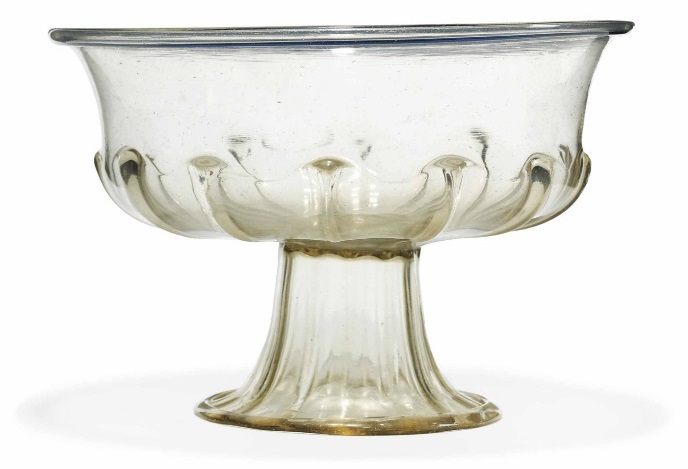
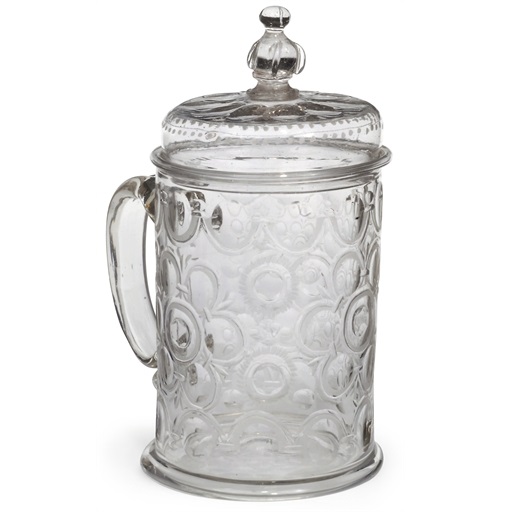
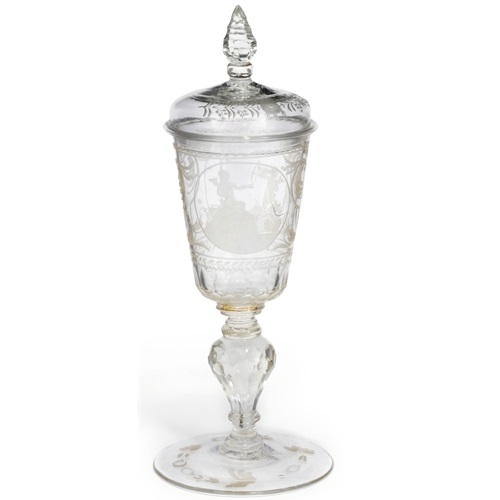
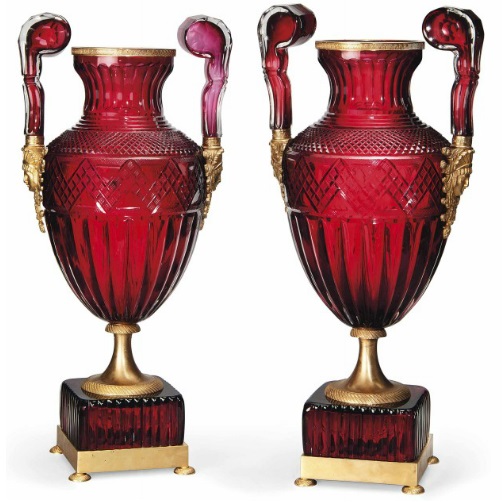
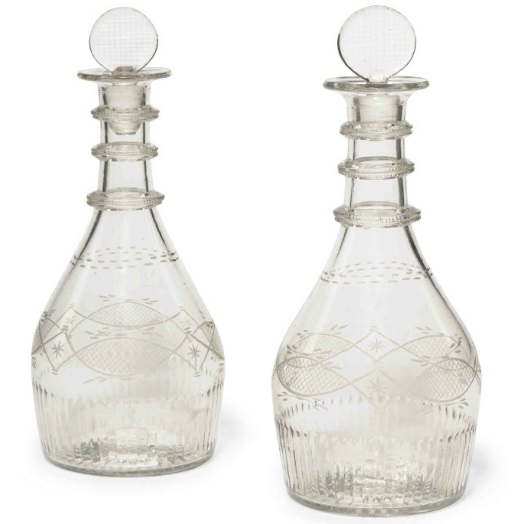
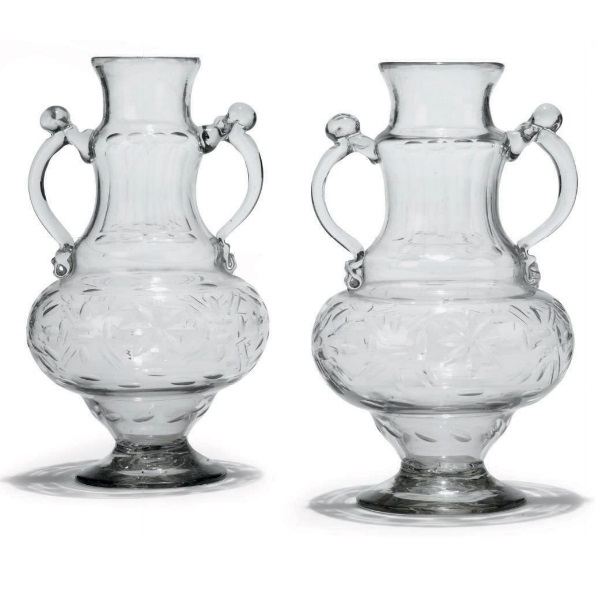
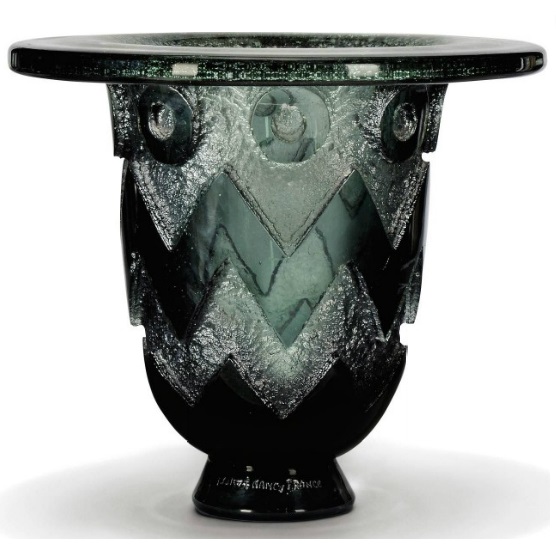


EARLY 16TH CENTURY
8½ in. (21.6 cm.) diameter.
Sold £2,500 Christie's auctions
EARLY 18TH CENTURY, PROBABLY BOHEMIAN
8¼ in. (21 cm.) high.
Sold £875 Christie's auctions
17TH CENTURY, PROBABLY VENETIAN
11¾ in. (29.8 cm.) diam.
Sold £1,500 Christie's auctions
CIRCA 1500
10 1/8 in. (25.8 cm.) diameter; 6¾ in. (17.2 cm.) high.
Sold £2,375 Christie's auctions
EARLY 18TH CENTURY
10 in. (25.4 cm.) high including cover (2).
Sold £1,188 Christie's auctions
EARLY 18TH CENTURY, BOHEMIAN OR GERMAN
12 in. (30.4 cm.) high including cover (2).
Sold £813 Christie's auctions
LATE 19TH/ EARLY 20TH CENTURY, AFTER THE MODEL BY THE IMPERIAL GLASS FACTORY
23 in. (59 cm.) high.
Sold £17,500 Christie's auctions
CIRCA 1800, MOULDED CORK GLASS CO. MARK TO ONE
10¼ in. (26.1 cm.) high overall (4).
Sold £1,750 Christie's auctions
18TH CENTURY
11 7/8 in. (30.1 cm.) high (2).
Sold £813 Christie's auctions
CIRCA 1925
11.3/8 in. (29 cm.) high; 13 1/8 in. (33.3 cm.) diameter.
Sold £5,000 Christie's auctions
ETCHED ‘R. LALIQUE / FRANCE’, MODEL NO. 893
10 ¾ in. (27.3 cm.) high.
Sold $5,625 Christie's auctions
LATE 19TH/20TH CENTURY, ACID-ETCHED MEDALLION MARK
19¾ in. (50 cm.) high.
Sold $3,750 Christie's auctions













